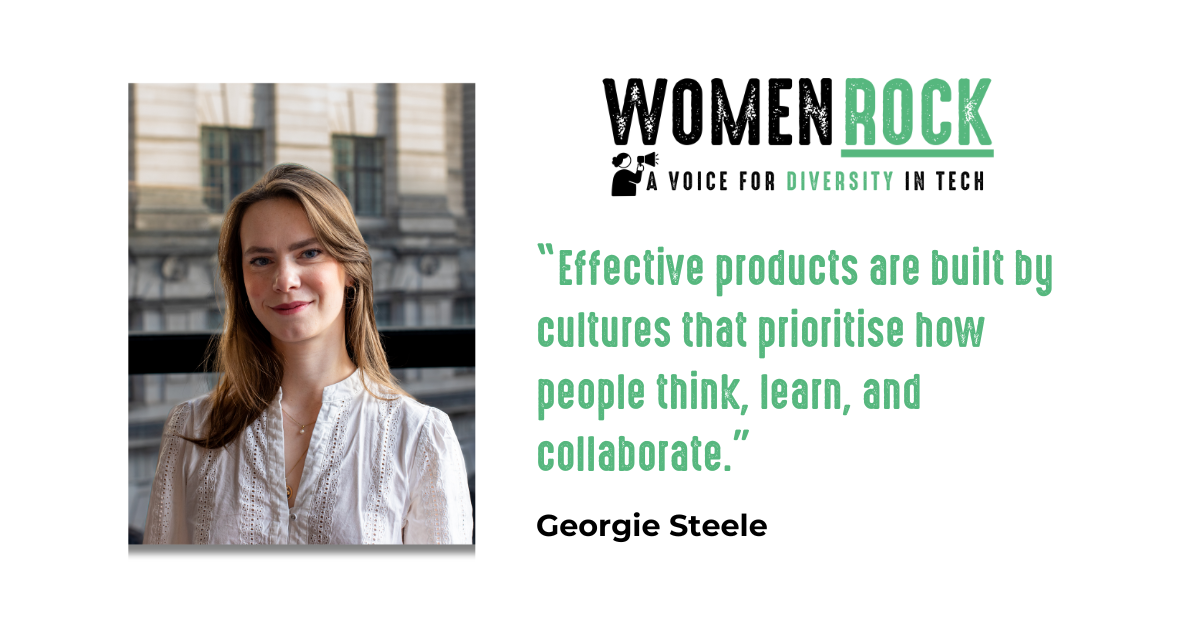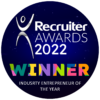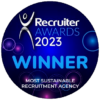
From McLaren F1 to pioneering AI, discover how this inspiring CTO is building inclusive tech and tackling climate change.
Diversity in STEM isn’t just important—it’s urgent.
These powerful words from Georgie Steele, Co-Founder & CTO at climate tech innovator Maiven, set the tone for an extraordinary career in Women in Tech Leadership.
From the intense world of structural engineering at McLaren Formula One, Georgie made an inspiring pivot into software. This interview delves into how she shattered traditional career moulds, navigated deeply ingrained misogyny, and became a driving force for inclusive innovation.
Discover her candid insights on building diverse workplaces, the critical urgency of addressing AI bias, and invaluable advice for women aiming to thrive in tech, even when job descriptions feel daunting. Learn about her commitment to Women Who Code mentorship and the vital tech skills for tomorrow’s leaders.
Hey Georgie, thanks so much for being part of Women Rock! Please tell me about yourself.
I’m Georgie, Co-Founder and CTO at Maiven, a climate policy AI platform that helps companies understand and navigate complex climate-related regulations.
My career started in structural design engineering before I moved into software engineering. I previously worked at Tractable, where I led engineering for their fastest-growing product in the US market. Later, I joined Sylvera, a climate data and insights platform. That’s where I met my Maiven co-founder, Larsen.
What inspired you to start a career in STEM, albeit in structural engineering, initially?
I’ve always loved science and maths, and I wanted to use them to create meaningful change. I had a brilliant physics teacher at school who truly helped me understand what engineering was about. I didn’t have any family connections in the field, so I began internships at 15 to figure out my path.
What truly excited me was the potential to build things, both physical and digital, that could positively impact the world.
What made you decide to switch from structural engineering to software?
I was working at McLaren in their Formula One team as a structural engineer. I became interested in automation and process improvement there. I started teaching myself Python and even ran lunch-and-learn sessions for my colleagues.
Then COVID hit, and much of the Formula One industry went on furlough. I set myself the goal of learning to code properly. I aimed to get an interview in software within a month. I targeted a few specific companies and eventually ended up at Tractable.
What were the biggest challenges in making the switch?
I didn’t know anyone in tech, so I felt consistently behind. That feeling became a motivator, took on increasingly difficult projects to accelerate my learning. I started with data science tools like Pandas and watched loads of Harvard lectures online. I pushed myself to learn fundamental concepts.
When I arrived at Tractable, I threw myself into a major integration project. This involved a language I’d never worked with (TypeScript). Thankfully, I had amazing support from senior engineers. I also deliberately looked for companies that understood the learning curve for junior devs and were willing to invest in that.
Were there any challenges you faced as one of the few female engineers at McLaren?
Yes, many. The physical workspace itself was an issue: glass staircases, glass lifts, glass walkways. It simply wasn’t designed with women in mind. The culture was also very male-dominated. Most of my colleagues had never worked with a woman before, let alone a young female engineer.
It was a deeply misogynistic environment at times, and that shaped the way I now think about choosing the companies I work with or build. This experience truly shaped my dedication to Women in Tech Leadership and inclusive spaces.
Do you find the software engineering side of STEM more culturally suited than the wider engineering field?
Definitely. In software, I’ve been part of teams that were mostly women. I’ve also seen a 50/50 gender balance in leadership. That never happened in traditional engineering. People in tech are much more open about the need to do better, even if they don’t always know how.
That said, challenges still exist, especially for women who are outspoken or lead with confidence. We’re often perceived differently.
What is your proudest professional achievement?
My proudest professional achievement is founding Maiven. It’s incredibly rewarding to create something designed to meet a real and urgent need: empowering businesses to confidently navigate the complexities of climate policy. Although we’re still in our early stages, I’m inspired daily by the potential positive environmental and economic impact we can achieve. This is especially true when I see the genuine enthusiasm from our early customers.
Closely tied to the founding of Maiven has been building its exceptional team. It’s fulfilling to cultivate a culture where talented individuals continuously challenge, support, and inspire one another. Witnessing colleagues grow together, both professionally and personally, has been especially meaningful.
Mentorship has also brought immense personal satisfaction. It’s deeply gratifying to watch former mentees advance into senior roles at companies with cultures that enable them to flourish. Hearing from individuals who participated in mentorship schemes I set up years ago, now excelling in their careers, reminds me of the lasting value of investing in people.
Finally, being recognised recently in Forbes’ 30 Under 30 represented an incredible milestone. This validated my professional journey and underscored the collective impact of these efforts in Women in Tech Leadership.
Looking back, were there points in your career where more technical mentorship could have helped, and how do you now pay that forward?
Absolutely. Early in my career, particularly after transitioning into tech, I felt behind compared to my peers. I needed to rapidly build foundational technical knowledge. During that period, I was incredibly fortunate to have exceptional technical mentors. They helped bridge the gaps that weren’t easy to fill through daily project work alone.
Even now, mentorship remains crucial to my growth. I continue to benefit greatly from ongoing mentorship. Notably, mentors like Henry Franks (CAIO at Climate Policy Radar) constantly push my technical knowledge and skillset forward.
Because mentorship has been so significant to me personally, I actively pay it forward. I’ve set up mentorship programs. I’ve also mentored several individuals. I embed a strong culture of continuous learning and knowledge-sharing in every team I lead, especially to support emerging Women in Tech Leadership.
Who have been/are the most influential people in your career? You mentioned your Physics teacher…
First, my Physics teacher, Richard Meanwell, was hugely influential during my early years. He opened my eyes to engineering as a career where you can create a tangible, meaningful impact on the world. His enthusiasm and encouragement were pivotal in steering me toward a technical career path.
Currently, Henry Franks, our brilliant technical advisor at Maiven, has been invaluable. As Chief AI Officer at Climate Policy Radar, Henry brings deep technical expertise and a passionate commitment to ethical AI. Beyond providing technical guidance, he’s also been a consistently supportive, empathetic sounding board whenever I’ve faced challenges.
Another significant influence has been Tam Miner, a remarkable female CTO. Given the limited number of women in senior technical roles, having someone like Tam to look up to and learn from has been inspiring. She’s authentic, strong, honest, and never afraid to speak her mind, qualities I deeply admire and seek to emulate.
Why is having a diverse team important to you?
Diverse teams build better, more equitable products. I’m especially worried about the lack of diversity in AI foundation models. If the data sets used to build technology aren’t representative, you get biased results, and we’re already seeing that.
If those early teams had been more diverse, we wouldn’t be having the same problems now. We need to fix it, but that takes time and resources. Such issues could have been avoided with a more inclusive approach from the start. This is a core tenet of effective Women in Tech Leadership.
How do you go about ensuring that your talent pipeline is as diverse as possible when you’re hiring?
We start by ensuring our pipeline is at least as diverse as the broader software engineering population, if not closer to society as a whole. Then we debrief as a team. We check each other’s assumptions and call out bias.
What’s been encouraging is that, as a diverse founding team, we’ve naturally attracted a much broader range of candidates. Once you make that first hire, it changes who sees your company as a place where they could belong. This is crucial for building diversity in tech.
Have you implemented any internal tooling or frameworks that promote inclusive coding practices or reduce bias in development workflows?
Yes, we’ve implemented several practices at Maiven aimed at promoting inclusivity and reducing bias, especially within our hiring processes.
For example, we structure technical interviews into two parts:
- A brief, practical take-home exercise
- Followed by a short, collaborative in-person session.
This approach gives candidates the flexibility and space to approach problems in their own environment initially. The follow-up in-person session then lets them refine and iterate on their solution in a supportive, collaborative setting.
Additionally, our technical assessments prioritise evaluating how candidates think, learn, and collaborate. This is done rather than solely assessing their existing knowledge or specific skillsets. This method helps us fairly evaluate candidates based on their potential. It also reduces bias that can occur when relying too heavily on prior experience.
Finally, we actively ensure diverse representation from the outset of the hiring funnel. By starting from a more inclusive candidate pool, we can confidently select the best person for the role. We know we’ve minimised barriers and biases throughout the process.
What advice can you give to women who don’t feel they meet enough requirements in a job description, so don’t end up applying?
My biggest piece of advice is simply to apply anyway if the job excites you. Very few candidates match every requirement perfectly. Instead of focusing on what you feel you lack, confidently highlight the strengths and experiences you do have. If you’re not comfortable explicitly stating ‘I’m great at Y’, then use examples to clearly illustrate it. For instance, say ‘I successfully delivered X, which demonstrates my capability in Y.’
Also, it’s perfectly okay, and beneficial, to be open about the areas where you’ll need to learn. As a hiring manager, I love seeing candidates who demonstrate self-awareness around their development areas. This is especially true when they pair that with examples of how quickly they’ve picked up new skills in the past. Showing adaptability, curiosity, and a willingness to learn is often more compelling than checking off every box on a job description. This is key for Women in Tech Leadership to recognise their value.
What advice would you give to other companies looking to increase the number of women and underrepresented groups in their tech teams?
My main advice would be to start by looking inward. Before actively recruiting from underrepresented groups, it’s crucial to understand why you currently have a lack of representation. Reflect honestly on your organisation’s culture: Is it genuinely inclusive and welcoming to diverse groups? Do you have clear policies and support systems in place to ensure everyone can thrive once they join?
Once you’ve addressed these internal factors, focus carefully on your hiring practices. Ensure your job descriptions are thoughtfully written to be inclusive. Make sure your interview processes are fair and transparent. Also, ensure candidate evaluations actively avoid bias.
Finally, intentionally seek equal representation at the very beginning of your candidate funnel. If you start with a diverse candidate pool, you increase your chances of ultimately hiring the best candidate. This also helps in building a truly representative and effective team. This is essential for fostering diversity in tech.
Is there anything you think should be implemented that isn’t being done yet?
I’d love to see a software-specific version of the STEM Ambassador Network. This would involve people running workshops, helping students build projects, and attending school career days. It would open the door for younger students to see software as a career path.
I also think we need more robust apprenticeship programmes in tech. Some big companies are starting to do it, but it’s not as common or well-structured as it is in traditional engineering. For startups, the challenge is always budget and time, we want to do these things, but it’s hard to make it work in practice.
Regarding technology itself, what do you consider the most important tech for people to learn right now, given the recent rise of AI?
With the rapid rise of AI, the most important tech skills to learn are those that enable us to effectively complement AI rather than compete against it. Specifically, skills related to architecture, creative thinking, and ideation are becoming crucial. Technologies evolve, but the ability to deeply understand and creatively address customer needs will remain essential. In other words, focusing on how to use technology to deliver genuine human value is more critical than ever.
Equally important is developing strong skills in data literacy. Learning how to formulate the right questions, identify meaningful data sources, and critically interpret the outputs from AI tools will differentiate the strongest technologists from the rest. Ultimately, success with AI is less about coding and more about creatively and insightfully applying technology to solve real-world problems. These are vital skills for future Women in Tech Leadership.
Finally, can you tell us more about the work you’re doing with UN Women UK and Women Who Code Academy?
I started mentoring with Women Who Code London because I didn’t have any senior female engineers to look up to early in my career. I wanted to help others build networks faster than I did. I also worked with Academy, a bootcamp that paid participants to learn, quite rare! I helped set up their mentoring programme and supported someone who’s now doing brilliantly in their career.
I’ve also been a UN Women UK delegate for three years. I attend the Commission on the Status of Women, which is the second-largest UN conference and focuses on global gender equality. These efforts are all part of empowering Women in Tech Leadership and beyond.
Georgie‘s Quick Takes
- Favourite Song? Walking on Broken Glass, Annie Lennox
- Book Recommendation for the Women Rock Bookshelf? Invisible Women, I love that book and think it should be compulsory reading for everyone
- Favourite Quote? You’re braver than you believe, stronger than you seem, and smarter than you think. – Winnie the Pooh
Thank you so much to Georgie Steele for sharing her incredible story with us.
Her journey is a powerful testament to Women in Tech Leadership and the transformative impact of building truly inclusive tech.
Want to be featured and share your story? Get in touch at hello@womenrock.tech.
Interviewed by Jamie Forgan






